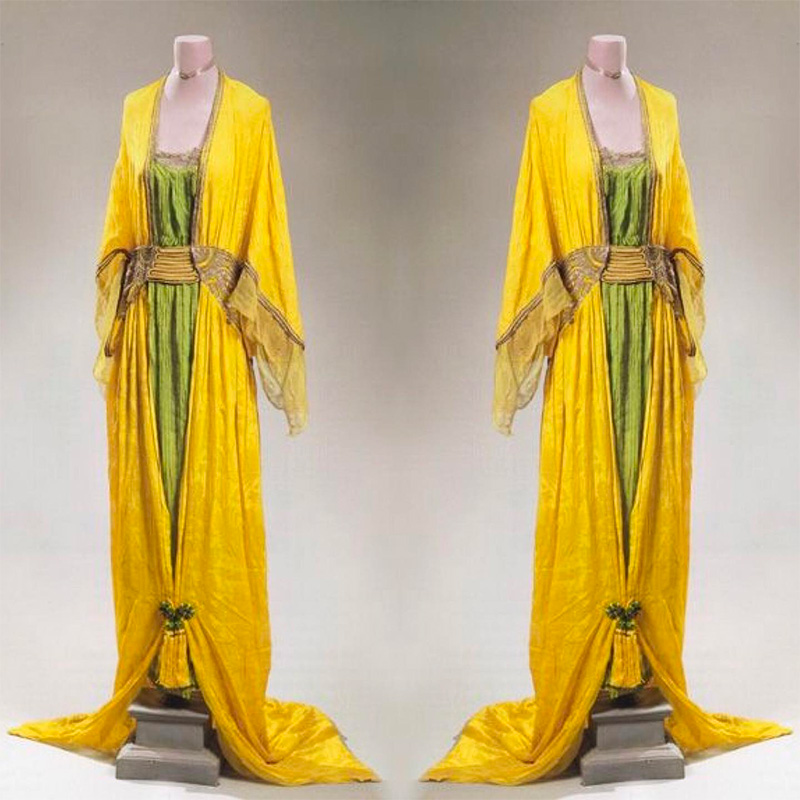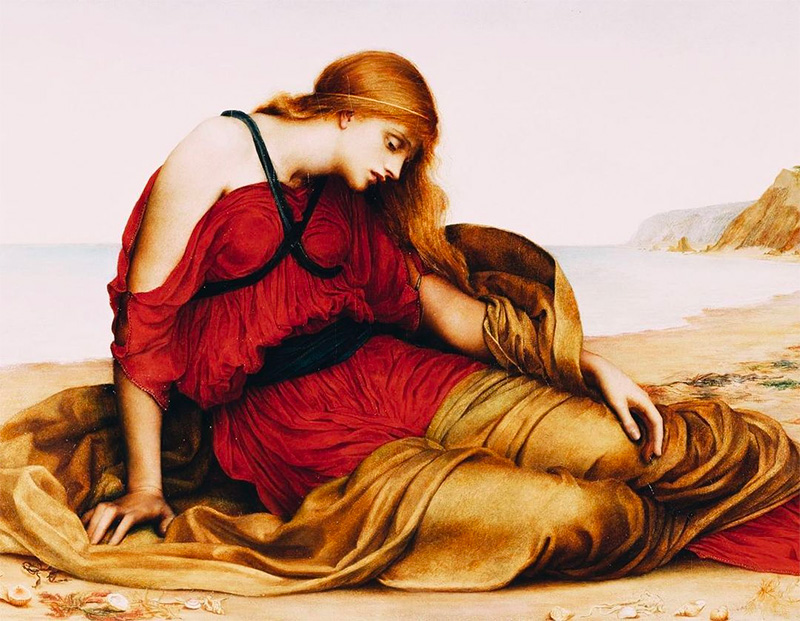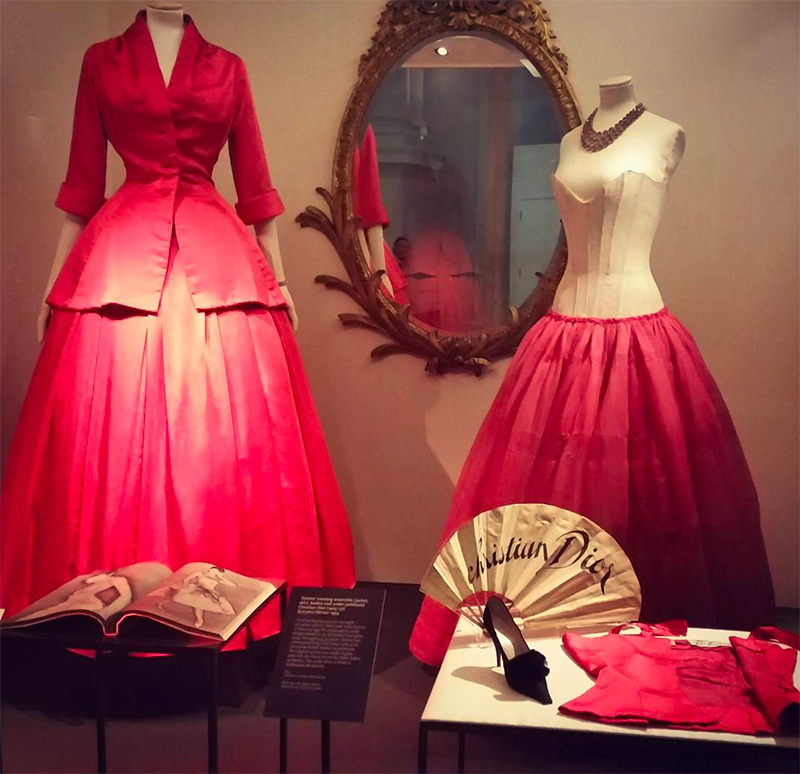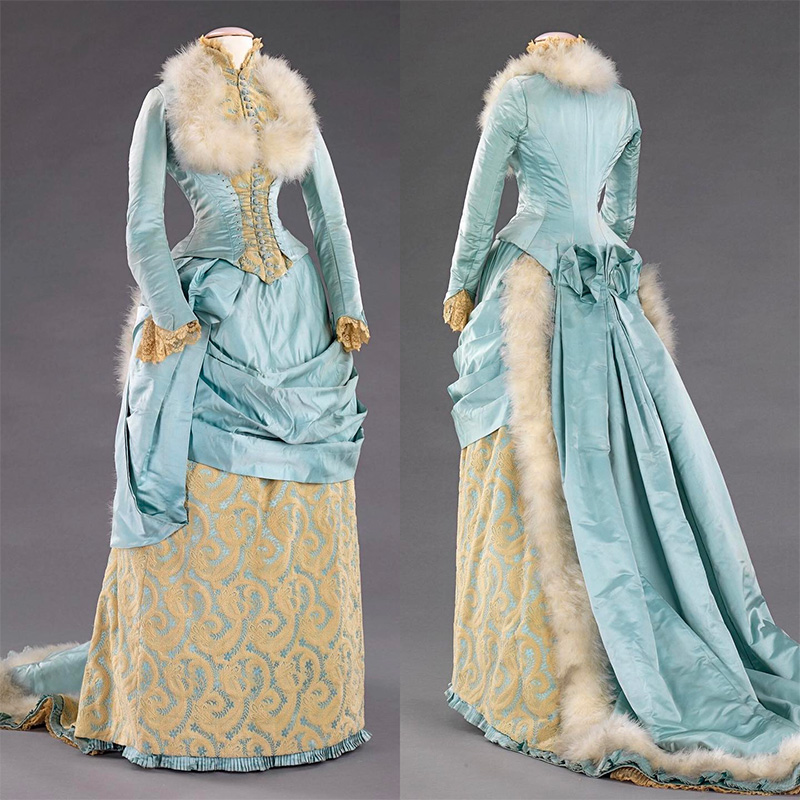
Since the dawn of time, people have worn clothes. Women have gone from corsets and layered skirts to crop tops and leggings. Men have gone from togas to doublets and tights to graphic tees for men. Luckily for us, clothing today is much more comfortable, not to mention easier to clean!
If our ancestors saw us now, they would probably think we are running around town in our underwear. So how did fashion evolve in the last few thousand years?
Greco-Roman Fashion

This was the time before tailoring. People would use large rectangles of cloth draped around their bodies as clothing. While most of us believe everyone wore togas, only men were allowed to wear this specific style of draped clothing. Women would wear chitons or peplos. While these are similar to the iconic toga, they differ in that chitons would attach at the shoulders, like a tunic, whereas togas are made from a single piece of cloth.
European Fashion

As Christianity spread into Europe, fashion evolved to reflect religious art and symbols. This cultural shift also brought new fabrics and dyes to the region, which allowed for more expression through fashion. In the early 13th century, for example, France made blue the color of royalty.
By the fourteenth century, tailoring gained popularity. Suddenly clothing was made specifically for the human body rather than simply draped upon it. Clothing began to become more opulent as the centuries went on. Women wore long, elaborate dresses. Men wore breeches and wide-shouldered jackets, usually with elaborate collars. There was a stark difference in this period between casual and formal wear.
During the 17th and 18th centuries, French and English styles became more unique to the region. France was characterized by opulent colors, whereas England wore more neutral tones. The tight breeches, similar to leggings, were worn by men and paired with heeled shoes to emphasize the calves. During this period, men and women of status wore wigs in public or when visiting court.
As fashion continued to evolve in the late 18th and early 19th centuries, men’s breeches were traded for tailored pants. The elaborate jackets were swapped for a well-structured and smart three-piece suit. Women’s dresses were less elaborate, yet they still stayed fairly covered. You’d be lucky to catch a glimpse of an ankle. Corsets were still popular to enhance a woman’s waist.
Heading Further West

As Europeans migrated into the America,’s fashion evolved in new ways. The early 1800s was also the rise of Cowboy fashion in the western United States and Mexico. This fashion trend emerged as a more practical way to dress while working out on the ranch. It is characterized by the wide brim hats we associate with cowboys, wool or linen trousers, and fitted yoked shirts. This “yoke” is the molded fabric feature of the shirt which sits on the neck and shoulders, sometimes, this would be in a contrasting color.
During the gold rush, many miners favored denim overalls for their practicality and durability. Levi Strauss used this demand to his advantage, and the first pair of jeans were born. Women wouldn’t wear denim for another hundred years. Nor would the cowboy look become popular until the film industry popularized it in the 1950s.
Tee Shirts and Wartime
The mid-1800s is also where we see the rise of the tee shirt as an undergarment only. It became popular when it was mass produced for military men in both the United Kingdom and the United States. During WWII, these were given out to soldiers to wear as undershirts. Photos of soldiers wearing their tee shirts were used to advertise to the masses. Tee shirts were seen as heroic and inherently masculine.
The tee shirt remained an undergarment until the stars began wearing them in movies to showcase the rebellious nature of the characters they portrayed. Once people saw James Dean, Marlon Brando, and Montgomery Clift rocking a tee shirt, they wanted to have one for themselves.
It was during this period, in the late 1950s and early 1960s, that companies realized the marketing potential of graphic tee shirts for men. It makes sense; the tee shirt is basically a blank slate upon which you can print a variety of slogans, art, and media.
However, it was the rise of the punk movement in the 1970s we can truly thank for popularizing graphic tees for men. Between rock band logos and anti-war protests during this period, the tee shirt became the perfect vessel to share your views with the world. The tee shirt finally morphed from underwear to outerwear, and graphic tee shirts for men were born.
As actresses and female rock stars began to sport the look, the graphic tee became unisex. Now we can all comfortably show off our unique sense of style; no awkward collars or corsets required.
Sources:
https://www.collegefashion.net/inspiration/greek-and-roman-fashion-inspiration/
https://www.vogue.com.au/fashion/trends/everything-to-know-about-the-history-of-the-tshirt/image-gallery/65641e7e0e07560fceb738db1e973e7a
https://www.realthread.com/blog/history-of-the-tshirt
https://440industries.com/western-fashion-history-all-you-need-to-know/
https://theculturetrip.com/north-america/usa/articles/a-brief-history-of-american-western-wear/



